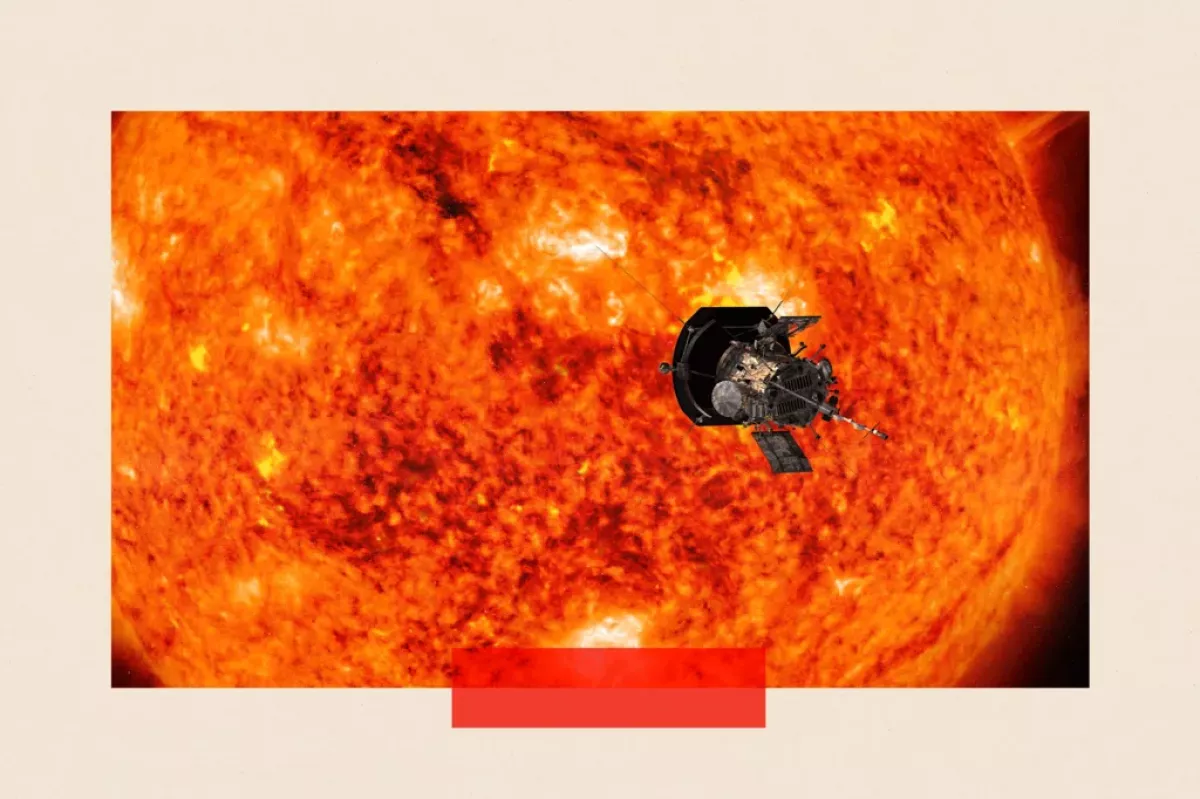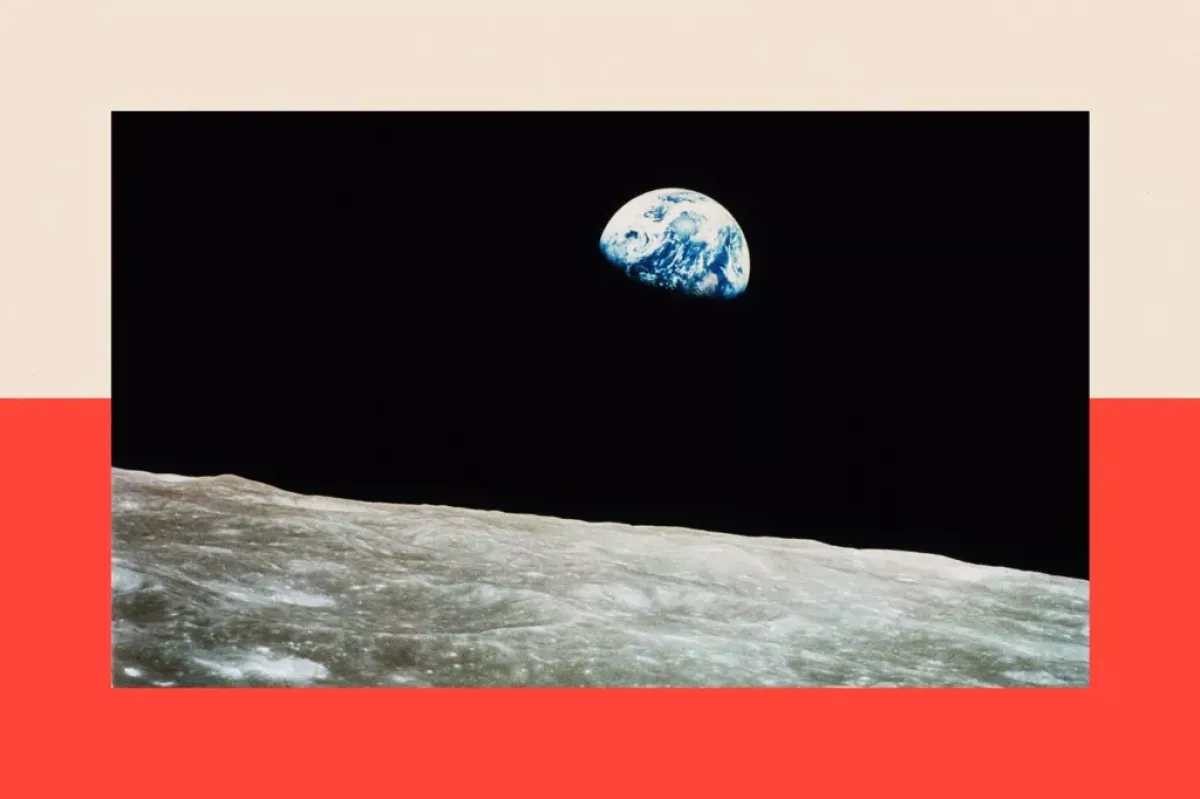Could robots replace human astronauts in space exploration? Human Touch vs Robotic Precision
On Christmas Eve, NASA's Parker Solar Probe achieved a milestone in space exploration, venturing closer to the Sun than any human-made object before.
This autonomous spacecraft flew through the Sun’s atmosphere to study its mysteries, a momentous achievement that unfolded without direct human involvement.

For over six decades, robotic probes have reached destinations that humans cannot yet access, raising a compelling question: could robots replace human astronauts altogether in future space missions? With advancements in artificial intelligence (AI) and autonomous technology, the debate about the necessity of humans in space exploration intensifies.
The case for robots
Lord Martin Rees, the UK's Astronomer Royal, argues against using public funds for human space missions. "Robots are developing fast, and the case for sending humans is getting weaker all the time," he says, highlighting the risks and high costs associated with human space travel.
Andrew Coates, a physicist at University College London, supports this perspective, pointing out that robots are more cost-effective, can travel further, and accomplish tasks more efficiently. "As AI progresses, the robots can be cleverer and cleverer," he adds.
Robotic technology already demonstrates its value. NASA's Curiosity rover on Mars performs autonomous tasks like targeting rocks with lasers and transmitting data back to Earth while scientists sleep. Similarly, humanoid robots, such as NASA’s Robonaut and Valkyrie, perform maintenance tasks and are envisioned as potential aids to human missions.

US astronaut Buzz Aldrin walking on the surface of the Moon in 1969
The human element
Despite the growing capabilities of robots, humans bring unique advantages. Dr Ian Crawford, a planetary scientist at the University of London, emphasizes that humans are versatile and can adapt to unexpected challenges more quickly than machines.
Kelly Weinersmith, co-author of A City on Mars, acknowledges the inspirational power of human space exploration. "Prestige will always be a reason we have humans in space," she notes. Missions like the Apollo Moon landings capture public imagination in ways that robotic missions cannot.
Beyond inspiration, humans contribute to science through research conducted aboard platforms like the International Space Station (ISS). While robots can perform specific tasks, humans are better suited for complex experiments requiring adaptability and creativity.
A collaborative future
Rather than replacing humans, robots may complement them in future missions. Dr Kiri Wagstaff, a planetary scientist, explains how AI could free astronauts from routine tasks, allowing them to focus on critical research. However, current limitations, such as the power requirements for advanced AI systems, prevent fully autonomous operations in extreme environments like Mars.

The Earthrise photo was taken by US astronaut William Anders in December 1968 during the Apollo 8 mission
Visionaries like Elon Musk and Lord Rees propose different approaches to the future of human space exploration. Musk’s SpaceX aims to establish a Mars colony as a safeguard for humanity. Meanwhile, Rees envisions humans augmented with genetic modifications and cyborg enhancements to endure hostile extraterrestrial environments.
The journey ahead
The human desire to explore remains strong. NASA’s Artemis program plans to return humans to the Moon by 2027, while SpaceX continues its ambitious Mars colonization projects. Robotic advancements, however, will likely play a pivotal role alongside human efforts, with the potential for synergy between the two.
As Lord Rees speculates, the lines between human and robotic explorers may blur, leading to a new frontier where humanity’s reach extends further into the cosmos. Until then, the path to the stars will remain a collaborative venture between humans and machines.
By Aghakazim Guliyev








